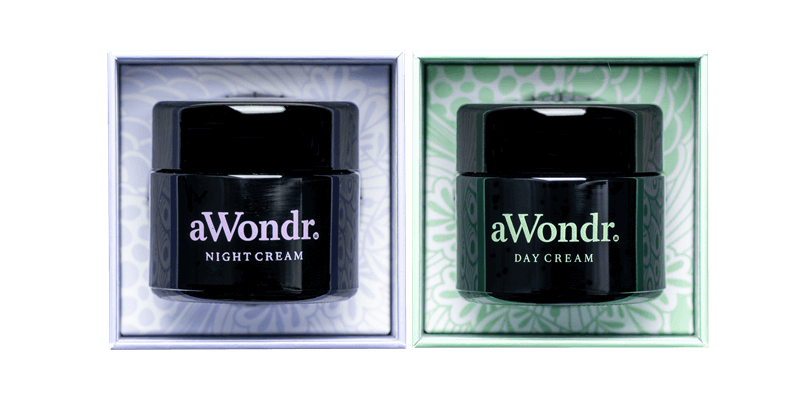What is the difference between a day and night cream?

Do you use a day and a night cream in your daily beauty routine? If so, good job! Or maybe you are not using both creams or you do, but you don’t know the differences?
Since we regularly receive questions about whether it is necessary to use both a day and a night cream and what is exactly the difference between them, we would like to explain this. A day and night creams differ in ingredients because the skin has different needs during the day and the night.
Day cream
During the day, the skin is exposed to external pollutants such as UV rays from the sun and polluted air. A day cream protects the skin from this and should contain active nourishing ingredients.
With ingredients such as SPF, antioxidants, and moisturizing elements (such as hyaluronic acid), the natural skin barrier is protected against harmful external influences. If your day cream does not contain SPF, we recommend applying a sunscreen product separately. Antioxidants neutralize free radicals and thus protect your skin.
An example of a suitable antioxidant for use in a day cream is niacinamide. Read more about this in our blog: niacinamide the all-rounder.
Night cream
When the sun goes down, our skin enters recovery mode. Read more about this in our blog: at night, skin recovers. The skin repairs the damage sustained during the day and boosts cell renewal and repair processes. Instead of protection, a night cream should contain restorative ingredients that penetrate deeply into the skin while we sleep.
The two main ingredients in a night cream are hyaluronic acid and retinol. These two powerhouses intensely hydrate and stimulate collagen production.
Hyaluronic acid has strong restorative properties and can increase skin moisture. It can hold up to 1,000 times its own weight in water, making it an optimal hydrator for all skin types.
Retinol renews the skin cells and stimulates collagen production, which results in the fading fine lines.

